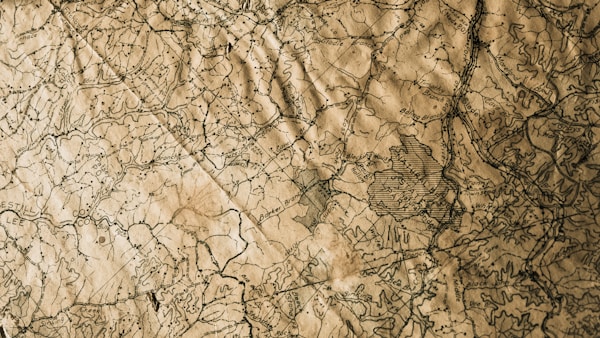As the culture of shared relaxation and leisure experiences evolves, one trend stands out—the resurgence of the ancient art of smoking hookah. The hookah, also known as shisha, narghile, or waterpipe, is as much a work of craftsmanship as it is a symbol of social communion. Many modern enthusiasts, keen on exploring this heritage, seek out diverse hookah options at the online store, Hookah-Shisha. But the journey of hookah, stretching back through the corridors of history, is as rich and nuanced as the smoke it produces.
Origins of Hookah
Believed to have originated in India during the rule of the Mughal empire around the 15th century, hookah started as a humble coconut shell design. The Indian glass manufacturing industry was still in its infancy, so craftsmen used what was readily available—coconut shells. They fashioned the shells into a base, then topped it with a pipe, often made of bamboo or reed. The instrument offered a more refined and less harsh method of tobacco consumption than traditional smoking methods.
Expansion to Persia and the Ottoman Empire

The hookah culture truly took off after it spread to Persia, now known as Iran. The Persians refined the design, adding elegance and sophistication. Intricate decorations adorned the hookah pipe, turning it into a piece of art. The hookah became a symbol of status, a luxury item that featured prominently in gatherings among nobles and intellectuals.
Following Persia, the practice found its way into the Ottoman Empire. The Turks embraced hookah as a symbol of their own cultural identity, and the tradition of communal hookah smoking became popular. Cafes sprung up throughout Istanbul, with the hookah serving as a focal point around which people would socialize, discuss philosophy and politics, and share stories. With this increase in popularity, the hookah tradition was no longer limited to the noble classes. The Turkish hookah, with its intricate artistry and designs, became a treasured object of desire worldwide.
Hookah in the Modern Era
In the 20th century, with the advent of mass production and globalization, hookah began its journey across the rest of the world. It was introduced to Europe through cultural exchanges and trade routes, where it gained a reputation as an exotic and sophisticated pastime. The hookah then crossed the Atlantic to North America, where it was popularized mainly through Middle Eastern and North African immigrant communities.
The 21st century, however, saw a significant shift in the hookah culture. While earlier it was limited to adult men, the audience broadened. Today, men and women of different age groups and backgrounds partake in hookah smoking. A plethora of flavors has emerged, moving away from traditional tobacco to include options such as apple, mint, and cherry. Hookah lounges, akin to the cafes of old Istanbul, have popped up in cities around the globe. These places serve as modern hubs of social interaction and creative expression.
The Online Revolution

Today’s Internet era has made hookahs and accessories more accessible to enthusiasts worldwide. Online retailers like Hookah-Shisha offer a vast array of hookah models and flavors. Antique designs that reflect the cultural heritage of hookah’s origins stand alongside modern, sleek models crafted with the latest technology. This virtual platform has successfully brought the rich history of hookah into the comfort of our living rooms.
The journey of the hookah, from the palaces of the Mughal Empire to the cafes of Istanbul, and finally into the hands of the digital-age consumer, is a remarkable testament to its enduring appeal. This ancient tradition has adapted over the centuries, reflecting the changing tastes and needs of societies, yet it retains the core element that sets it apart—the sense of community and togetherness that comes with hookah smoking.




